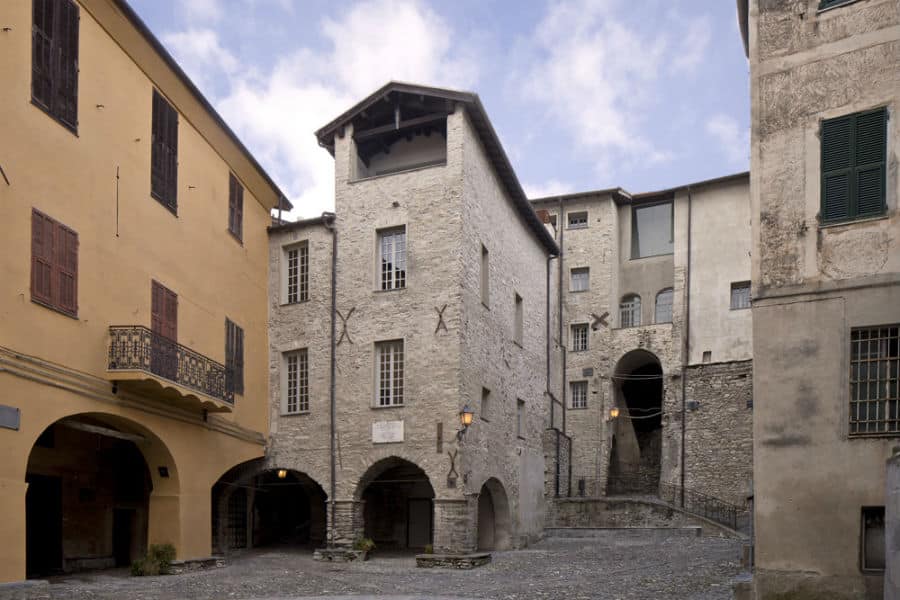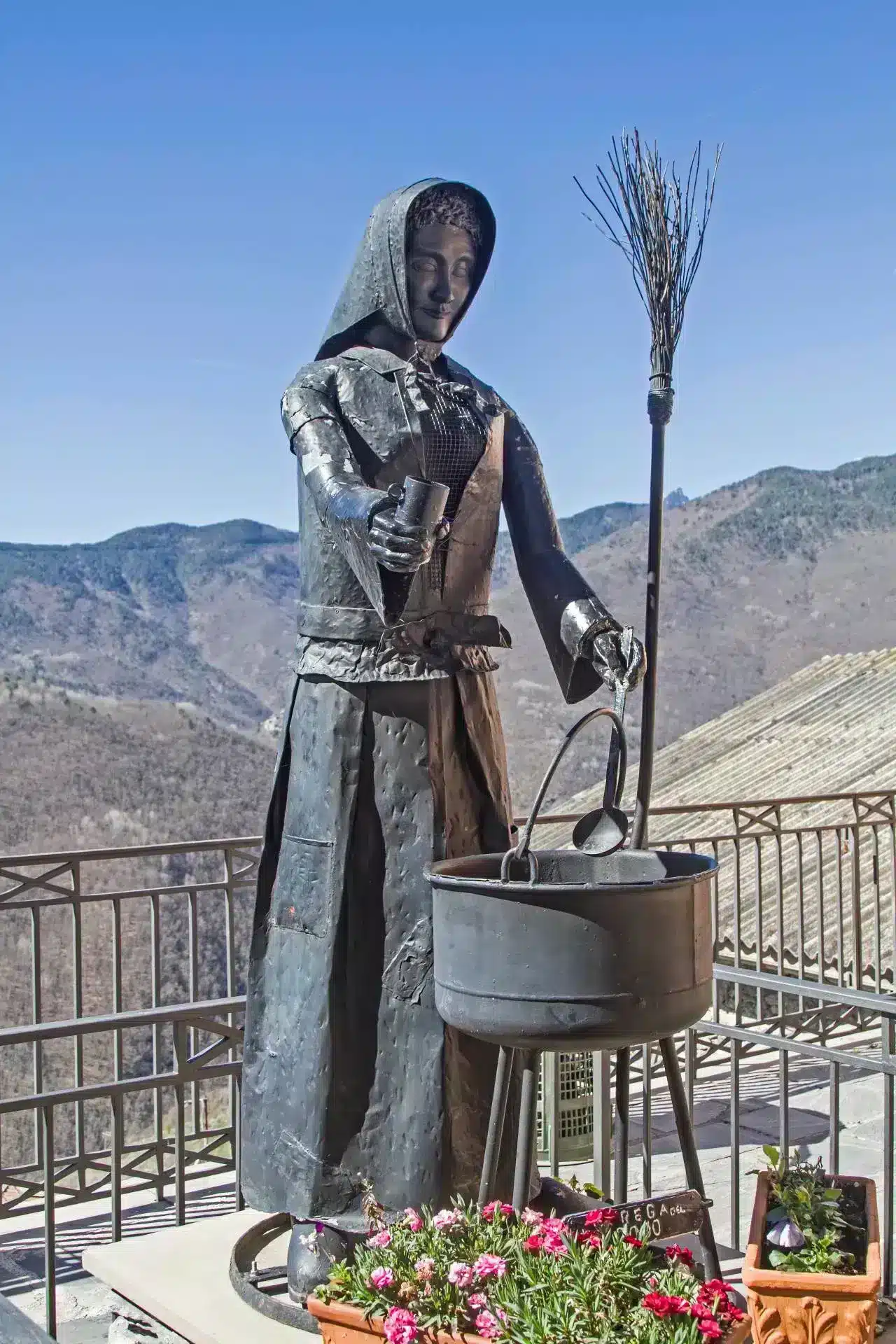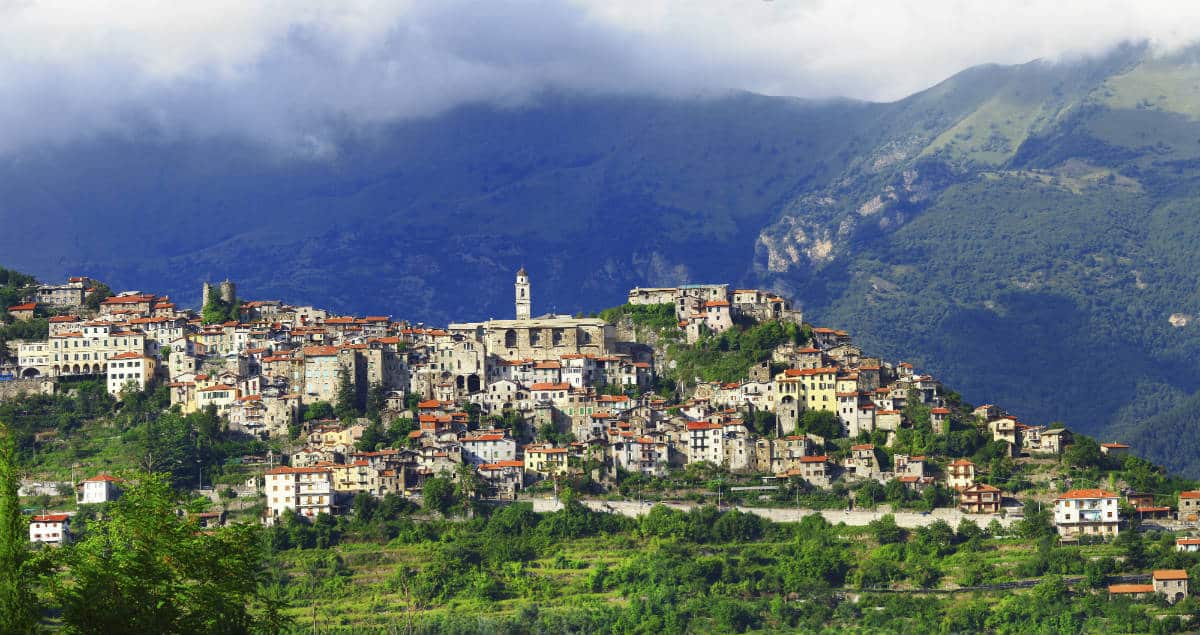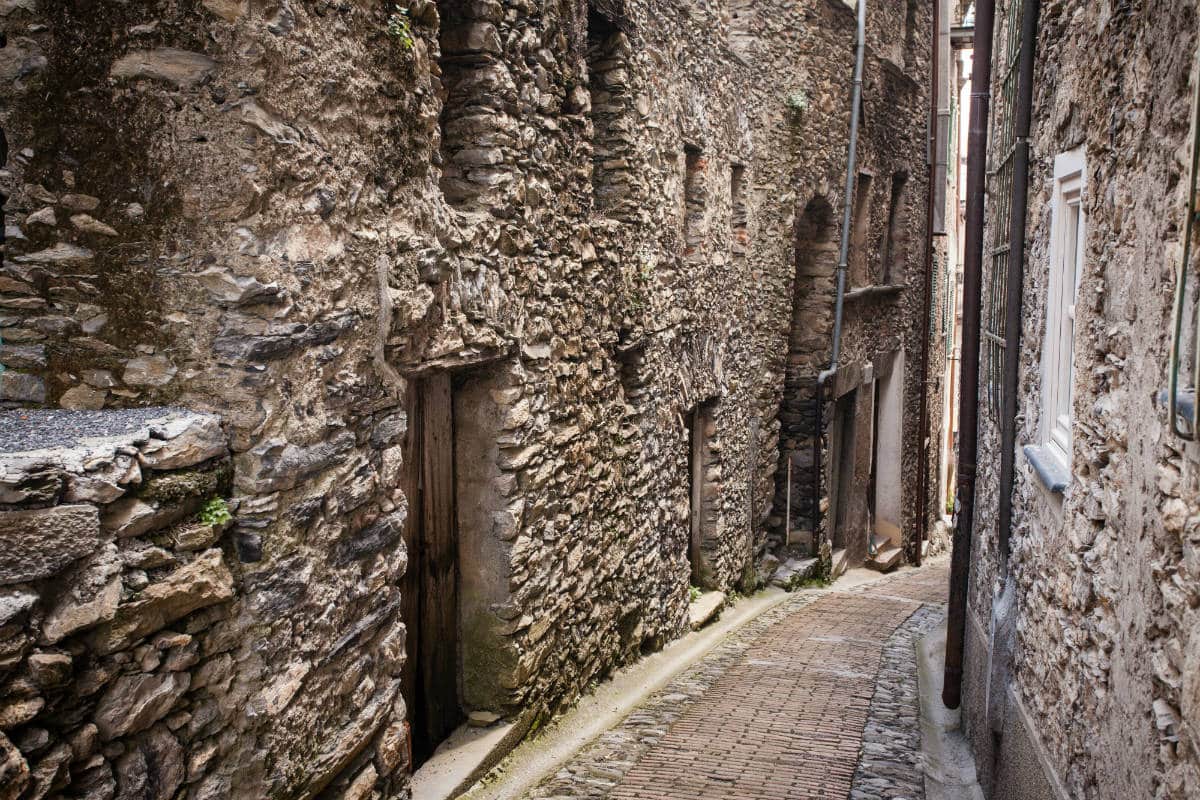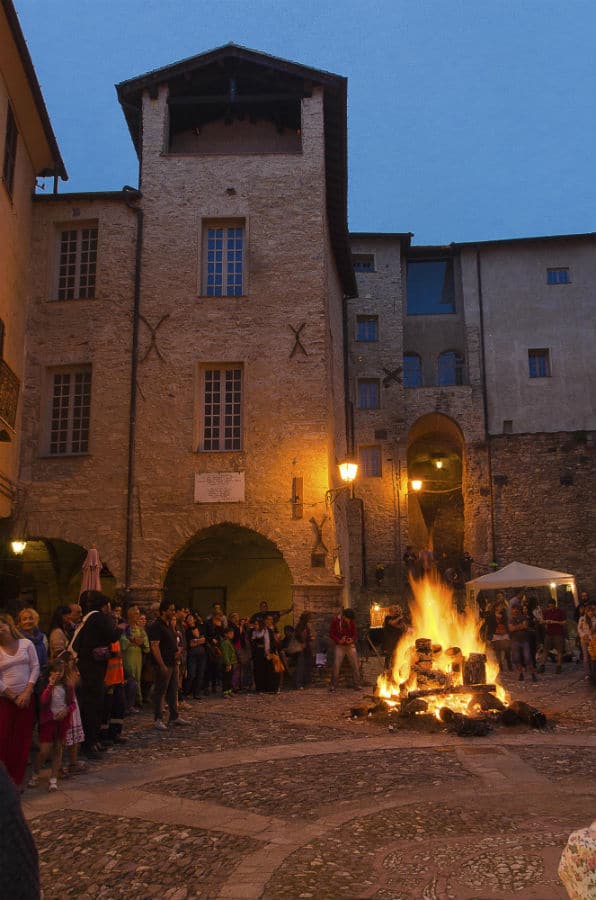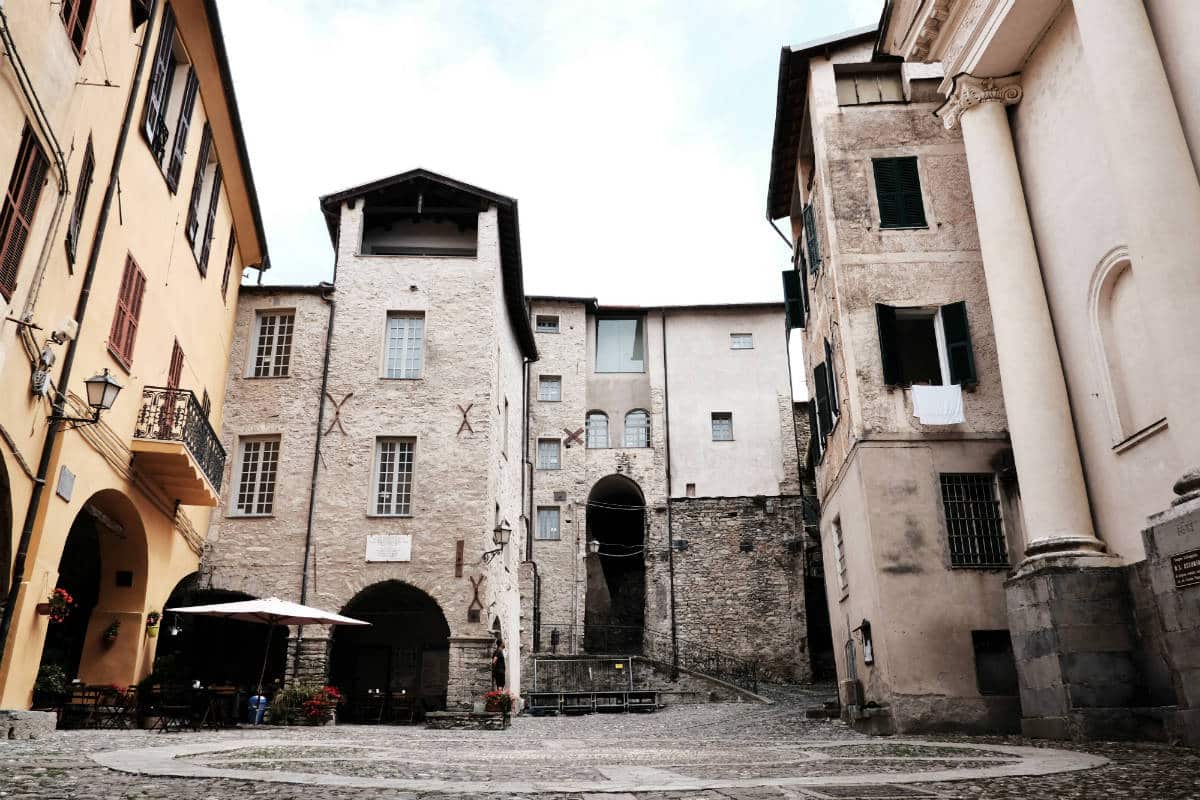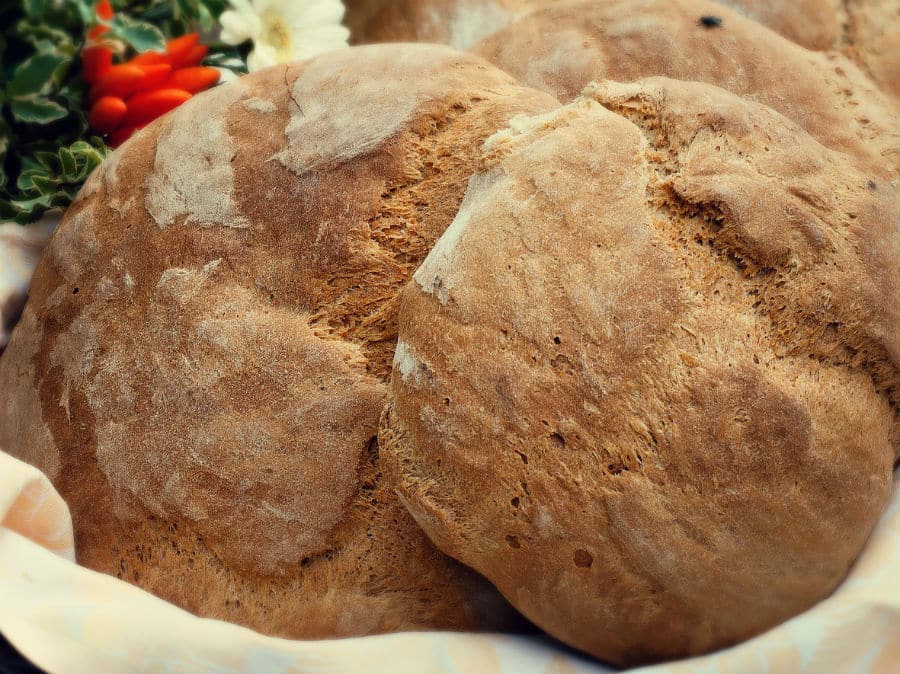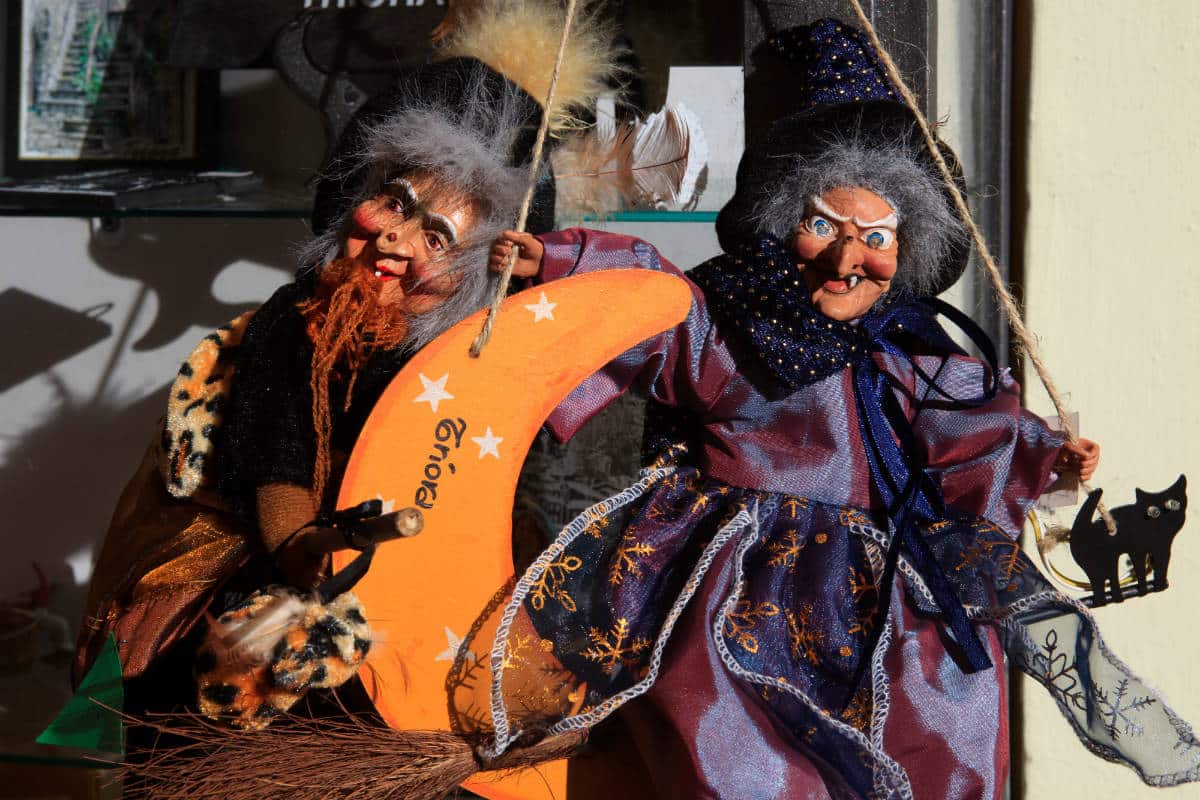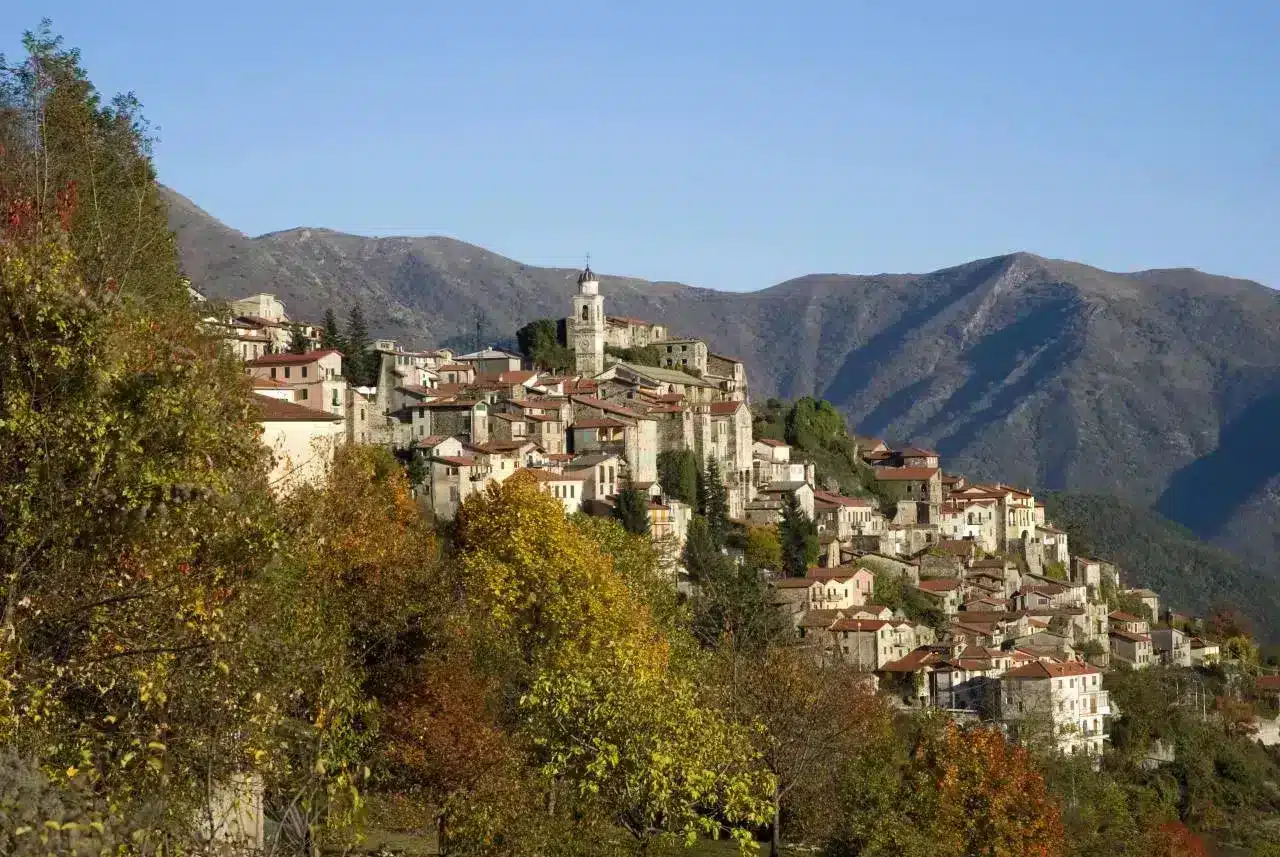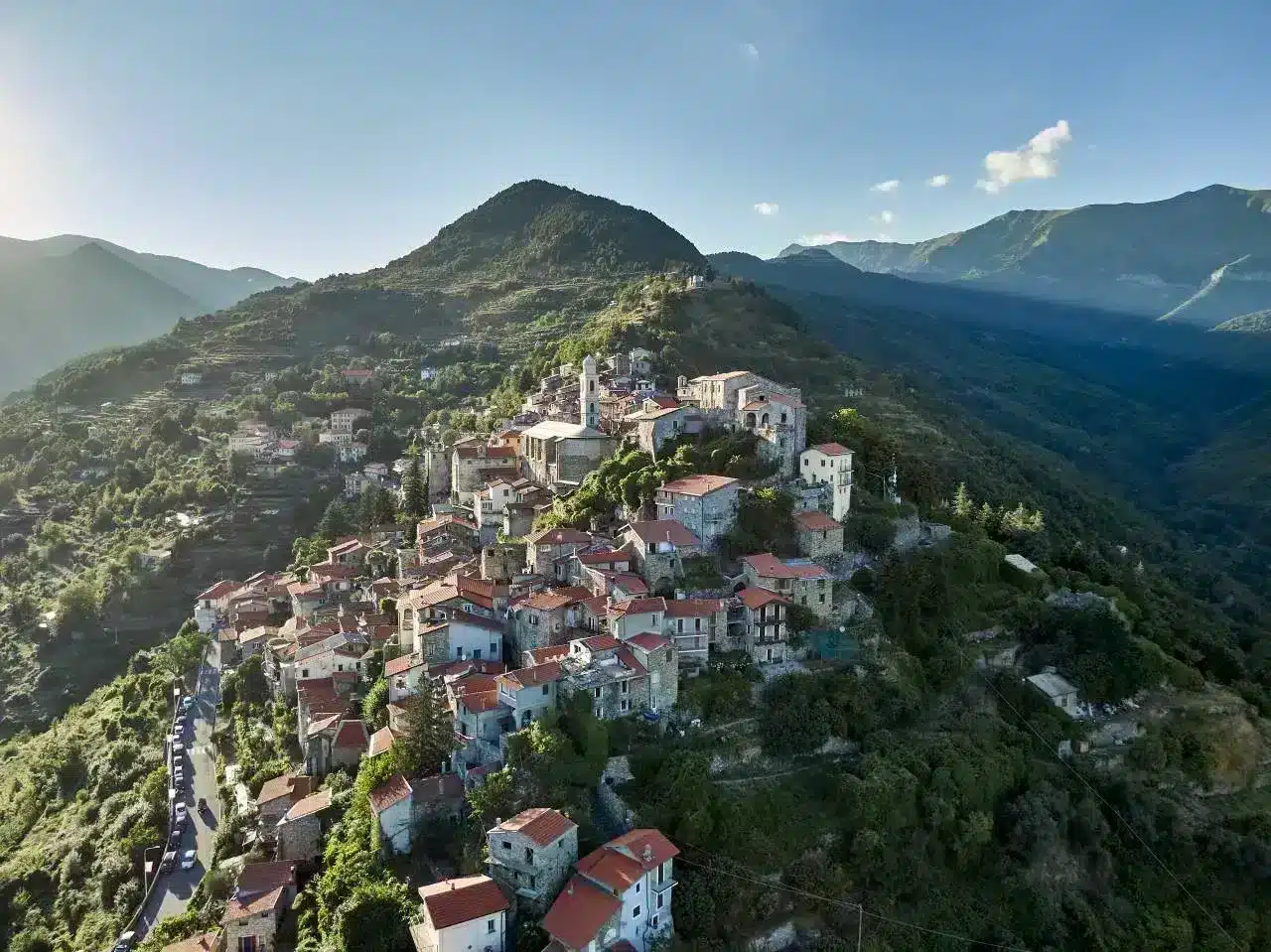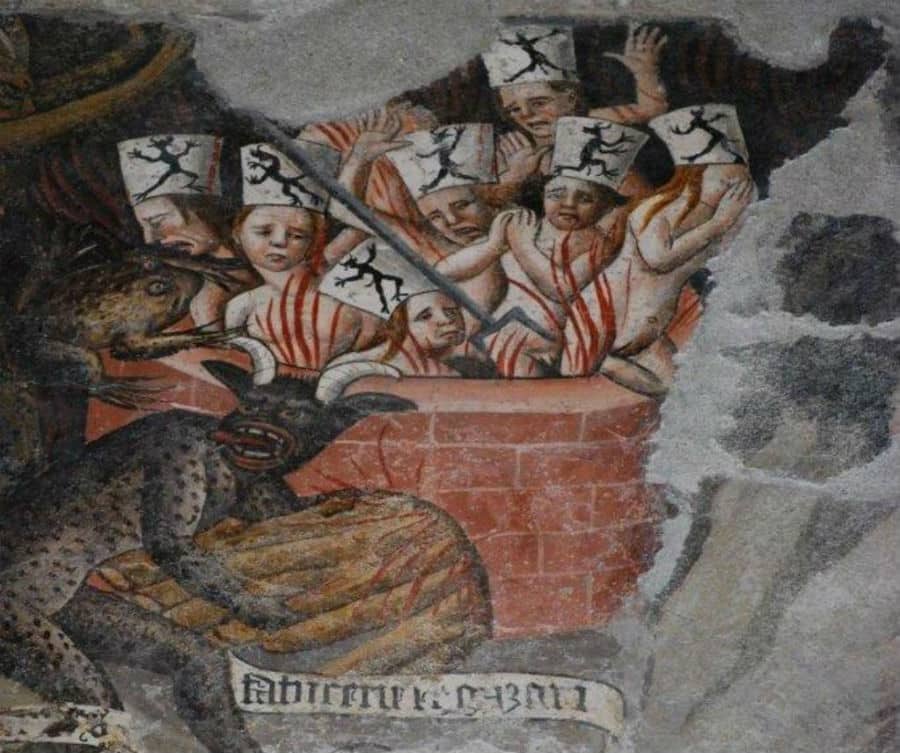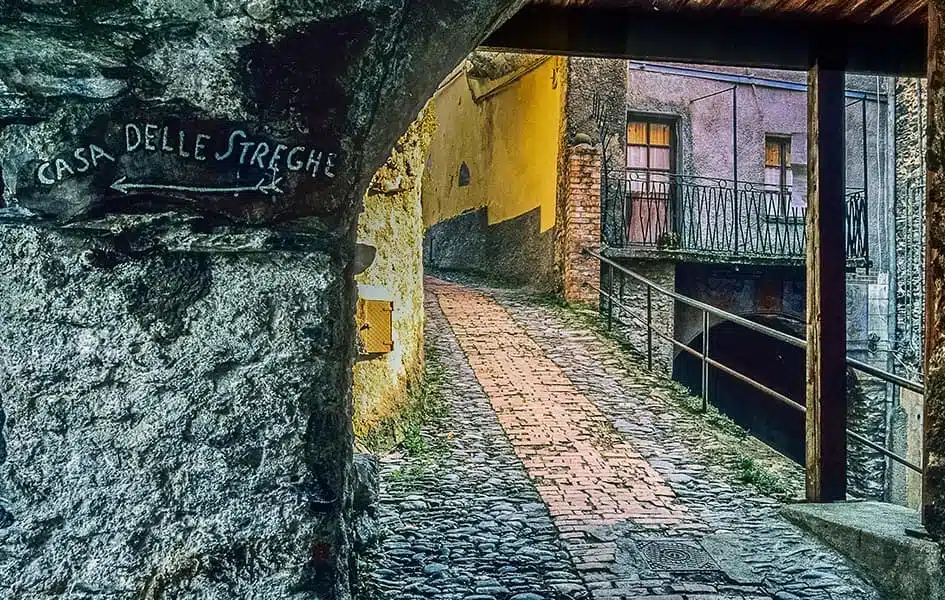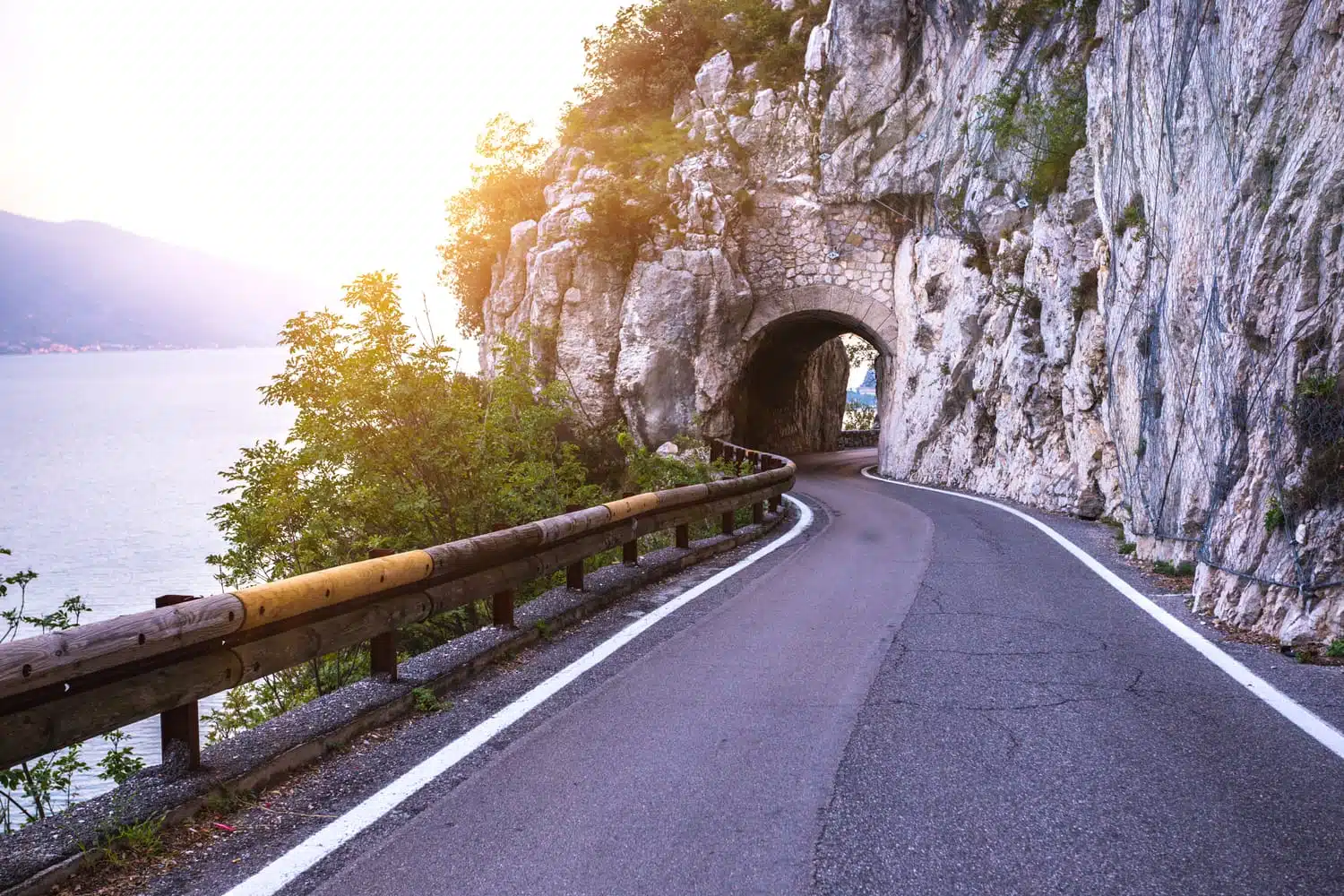The History of Triora: The Land of Witches
Triora is best known for being the "Village of Witches", an appellation derived from tragic events that occurred in the late 1500s. Between 1587 and 1589, in fact, the village became the scene of a disturbing series of witchcraft trials, which led to the accusation and conviction of numerous women. The case attracted the interest of historians and occult scholars, and is now considered one of the most relevant episodes related to witch hunts in Italy. The women accused of witchcraft were subjected to torture and interrogation, and many of them lost their lives at the hands of the ecclesiastical court.
However, Triora is not only synonymous with witchcraft and darkness. While its fame is partly linked to these events, the village also offers natural and historical beauty worth exploring. Stories of witches and curses should not distract from the extraordinary cultural and scenic richness of this place. Triora is a perfect example of a medieval village, where every alley, every small square, and every building tells centuries of history and traditions.
Between history and mystery
Triora is a village that preserves its medieval appearance intact. In fact, the center of the village is built on a rock overlooking the valley, with narrow, winding streets winding between stone houses and slate portals. Every corner of the village seems to take one back in time, creating an atmosphere that enchants visitors. The architecture of the village, with its stone arches, quiet little squares and ancient fountains, gives the impression of a place standing still in time, like a living work of art.
In Triora, the passage of time seems almost suspended. Between the silence of the woods and the breath of the mountains, the village is ideal for slow, relaxing walks that allow you to discover romantic glimpses and breathtaking views of the valley below. The village's churches and chapels, of great historical and religious value, complete the picture of a place that mixes beauty and mystery, spirituality and legend.
Triora's mysterious appeal is not limited to its dark history. The village has become a cult destination for lovers of mystery, the occult, and stories of witchcraft. The presence of symbols related to witches and black cats is widespread throughout the village, particularly on the doors of houses, in store windows, and on the signs of inns and B&Bs. Visitors can find typical souvenirs such as amulets, fortune stones, magic potions, and the famous Witches' Filter, a homemade herbal liqueur considered a tribute to local tradition.
Two events in particular attract thousands of tourists to Triora each year. The Strigora, held in August, is a festival dedicated to witches, with performances, historical re-enactments and a range of activities that immerse participants in the magical and mysterious atmosphere of the town. Halloween, in late October, is another not-to-be-missed event, with the village transformed into a stage for gothic and horror events, where the ghosts of witches seem to come to life.
What to see in Triora
Triora offers numerous places of interest that tell of its fascinating history, local traditions, and the mysterious atmosphere that envelops the village. In the historic center, visitors are greeted by narrow, winding alleys, typical of Ligurian carugi, and stone houses that embrace each other. This is home to the Ethnographic and Witchcraft Museum, a must-see attraction that reconstructs rural life in the past and recounts the tragic events of the witchcraft trials of the 1500s. The museum preserves historical documents, witchcraft-related objects, torture instruments, and rare publications that offer a disturbing view of the events that marked the country.
Among other churches to visit, the Collegiate Church of the Assumption stands out for its majestic architecture and the important artistic heritage it holds. The interior is rich in details and works of art of great value. Not far away is the Oratory of St. John the Baptist, with its precious wooden altar and frescoes gracing the walls. Also noteworthy are the frescoes in the Church of San Bernardino, which depict religious scenes of great visual and historical impact.
Another point of interest is the ruin of the Church of St. Catherine of Alexandria, which unfortunately is no longer in operation, but which offers an evocative glimpse of how Triora's past was intertwined with spirituality and religious culture.
Nature, culture and traditions
Despite its witchcraft-related reputation, Triora is also a place that offers spectacular scenery and unspoiled nature. The surrounding area is rich in forests, mountain trails and breathtaking views, ideal for hiking and outdoor walks. The mountains of the Argentina Valley are the perfect place for trekking and nature lovers, with numerous trails leading to the discovery of hidden nooks and crannies and a rich and varied flora and fauna.
Triora's culture is also expressed in local traditions and gastronomy. The village is famous for the production of olive oil, wine and typical cheeses, which tell the village's agricultural history. Traditional festivals, such as those related to the chestnut harvest and new wine, are moments of great significance for the local community, which jealously preserves traditions linked to the land.


